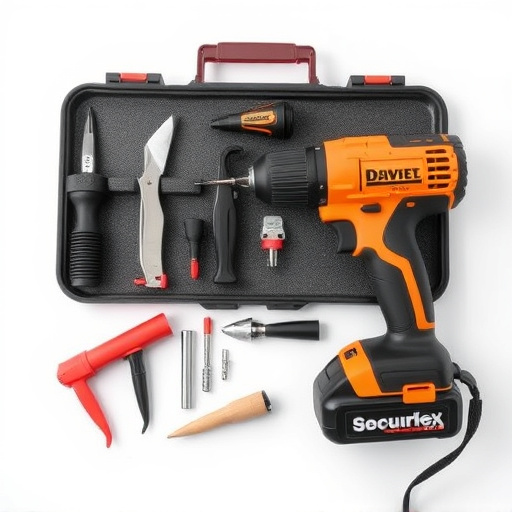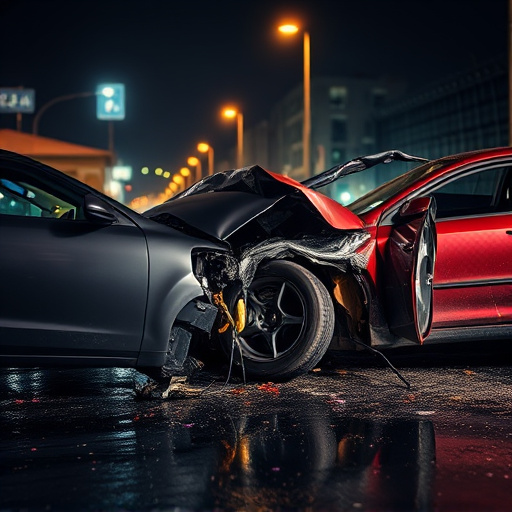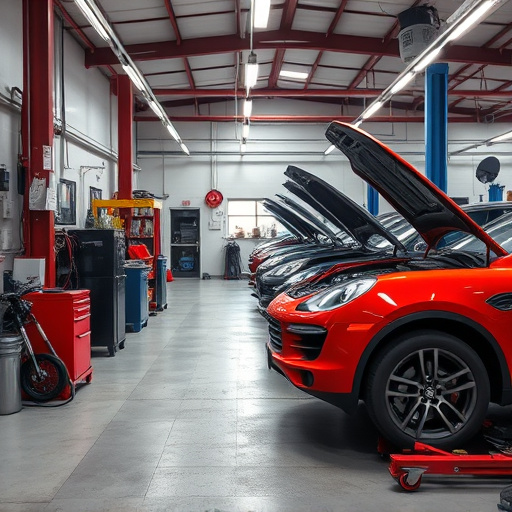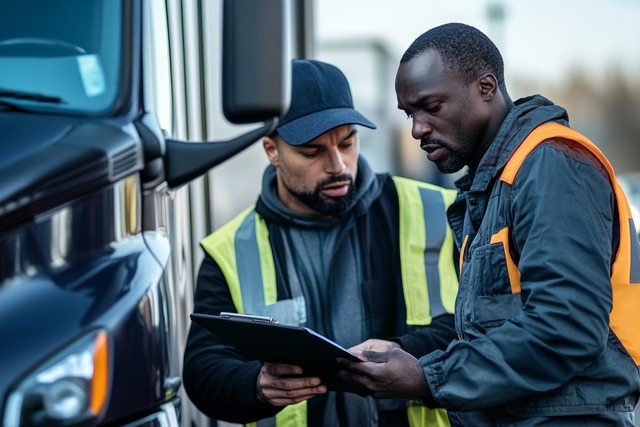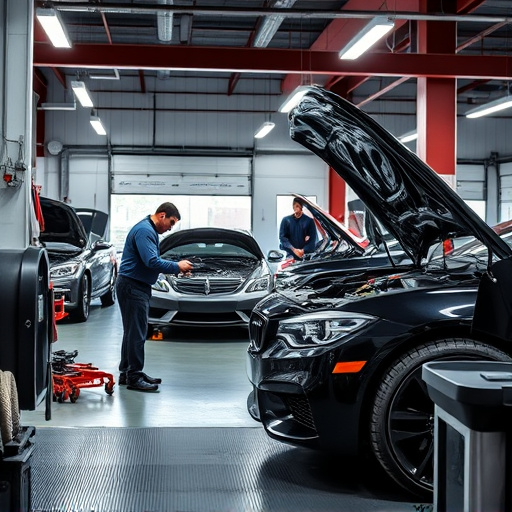Category: towing to collision center
Towing to Collision Center: A Comprehensive Overview
Introduction
Welcome to an extensive exploration of a critical aspect of the automotive industry—Towing to Collision Center, a process that has revolutionized vehicle repair and recovery. This article aims to guide readers through the intricate world of this practice, its global impact, and the various factors shaping its future. By delving into each section, we will uncover the significance of Towing to Collision Center, its economic and technological implications, and the challenges it faces. Prepare to embark on a journey that highlights real-world applications, policy considerations, and the promising prospects for this essential industry.
Understanding Towing to Collision Center: A Definition and Its Components
Definition: Towing to Collision Center refers to the process of transporting damaged vehicles from the site of an accident or collision to specialized repair facilities known as collision centers or body shops. It involves a coordinated effort between towing services, insurance companies, and vehicle owners to ensure efficient and safe handling of damaged automobiles.
Core Components:
-
Towing Services: These are professional companies equipped with specialized vehicles (towers) designed to transport cars, trucks, and even motorcycles safely. Tow truck drivers possess the skills and knowledge to handle various types of vehicles and accidents.
-
Collision Centers/Body Shops: These facilities are dedicated to repairing damaged vehicles, ranging from minor dents and scratches to extensive structural damage. Skilled technicians and advanced equipment enable these centers to restore vehicles to their pre-accident condition.
-
Insurance Companies: They play a pivotal role in the process by facilitating claims, authorizing repairs, and managing costs. Insurance adjusters inspect damaged vehicles, determine repair estimates, and coordinate with towing companies and collision centers.
-
Vehicle Owners: Individuals or businesses involved in accidents rely on towing to Collision Center services to have their damaged vehicles transported for repairs, ensuring they can regain mobility and have their vehicles restored.
Historical Context:
The concept of Towing to Collision Center has evolved over time, reflecting changes in vehicle technology and the automotive industry. In the early days, simple roadside assistance was the primary focus, with tow trucks responding to breakdowns and accidents. However, as vehicles became more complex and costly to repair, specialized collision centers emerged, leading to a more structured approach to vehicle recovery and restoration.
Global Impact and Trends: A World-Wide Phenomenon
Towing to Collision Center is not limited to any specific region; it is a global phenomenon with varying trends and influences across different continents.
| Region | Trends and Observations |
|---|---|
| North America | The US and Canada have well-established towing industries, driven by dense populations, extensive road networks, and a high density of vehicles per capita. Advanced technology adoption, such as GPS tracking and real-time dispatch systems, enhances efficiency. |
| Europe | European countries exhibit diverse practices due to varying insurance systems and cultural norms. The UK, for instance, has a robust towing infrastructure, while Germany’s system is characterized by efficient vehicle recycling and repair. |
| Asia Pacific | Rapid urbanization and increasing vehicle ownership in regions like China and India have led to significant growth in towing services. Additionally, the rise of shared mobility services (ride-sharing apps) presents new challenges and opportunities for tow truck operators. |
| Middle East & Africa | In these regions, Towing to Collision Center is influenced by factors such as extreme weather conditions and high-end vehicle imports. The emergence of modern insurance practices and collision repair centers is shaping the industry. |
Economic Considerations: Market Dynamics and Impact
The economic aspects of Towing to Collision Center are multifaceted, influencing local and global economies in several ways.
Market Dynamics:
- Service Demand: The number of vehicles on the road directly correlates with demand for towing services. In regions with high vehicle ownership rates, such as North America and Asia Pacific, the need for these services is consistently high.
- Seasonal Variations: Accidental trends can impact service requirements. For example, winter storms in North America may increase towing incidents, while summer vacations might lead to more roadside assistance calls in Europe.
- Urban vs. Rural Areas: Urban centers typically experience higher demand due to dense populations and heavier traffic congestion. In contrast, rural areas may have lower overall demand but can face challenges with limited access to collision centers.
Investment Patterns:
- Towing Fleet Expansion: As the industry grows, investment in towing fleets is essential. Companies are adopting advanced tow trucks equipped with modern technology for improved efficiency and safety.
- Collision Center Development: Establishing or expanding collision centers requires substantial capital investments in facilities, equipment, and skilled labor.
- Digital Infrastructure: The integration of digital solutions, such as dispatch software, GPS tracking, and online claims management systems, is driving investment in technology infrastructure.
Economic Impact:
- Employment Generation: Towing to Collision Center services contribute significantly to employment, creating jobs for drivers, operators, technicians, and administrative staff.
- Local Business Support: These businesses often rely on local suppliers, insurance companies, and other service providers, fostering economic growth within communities.
- Revenue Generation: The industry generates substantial revenue through various sources, including towing fees, collision repair costs, and associated services like rental cars and roadside assistance.
Technological Advancements: Driving Innovation Forward
Technology has played a transformative role in the Towing to Collision Center industry, improving efficiency, safety, and customer satisfaction.
- GPS Tracking and Navigation: Real-time GPS tracking allows dispatchers to locate tow trucks promptly, optimize routing, and provide accurate ETAs to clients. This technology enhances overall service quality.
- Digital Dispatch Systems: Advanced dispatch software enables efficient management of towing requests, ensuring the closest available tow truck is assigned, reducing response times.
- Telematics and Vehicle Diagnostics: Modern tow trucks are equipped with telematics devices that enable remote monitoring and diagnostics. This allows operators to identify vehicle issues before arrival, enhancing problem-solving capabilities.
- Automated Vehicle Inspection: Some collision centers utilize automated vehicle inspection systems (AVIS) to conduct initial damage assessments remotely, streamlining the estimate process.
- AR/VR for Training: Augmented Reality (AR) and Virtual Reality (VR) technologies are being employed for training technicians, providing immersive learning experiences in safe and controlled environments.
Policy and Regulation: Navigating Legal Waters
The Towing to Collision Center industry operates within a framework of policies and regulations that vary across jurisdictions, ensuring consumer protection, safety, and fair business practices.
- Licensing and Permitting: Most countries/regions mandate licensing or registration for tow truck operators and collision centers. These licenses ensure compliance with safety standards and operational guidelines.
- Insurance Requirements: Towing companies and collision centers must carry appropriate insurance policies to cover liability, vehicle damage, and worker’s compensation.
- Consumer Protection Laws: These laws govern pricing transparency, dispute resolution, and fair business practices, shielding consumers from exploitative charges.
- Environmental Regulations: With the increasing focus on sustainability, regulations related to waste management (e.g., proper disposal of automotive fluids) and fuel efficiency standards are becoming more prevalent.
- Data Privacy and Cybersecurity: As digital systems become integral to operations, data privacy laws (e.g., GDPR in Europe) dictate how towing companies and collision centers handle customer information.
Challenges and Criticisms: Overcoming Barriers
Despite its significance, the Towing to Collision Center industry faces several challenges and criticisms that require attention and strategic solutions.
-
Response Time and Traffic Congestion: One of the primary concerns is the time taken for tow trucks to reach accident sites, often exacerbating traffic congestion in urban areas. Addressing this issue may involve optimizing dispatch algorithms, improving road infrastructure, and fostering collaboration with local authorities.
-
Cost and Pricing Transparency: Critics argue that towing fees can be excessive, especially during emergencies. Implementing transparent pricing structures and providing detailed cost breakdowns to customers can help mitigate this concern.
-
Environmental Impact: The industry’s reliance on fuel-powered tow trucks contributes to air pollution. Encouraging the adoption of electric or alternative-fuel vehicles, along with implementing eco-friendly practices, can reduce its environmental footprint.
-
Lack of Standardization: Global variations in towing and collision repair standards can lead to inconsistencies in service quality. Establishing international guidelines and certification programs could enhance standardization.
Case Studies: Real-World Success Stories
Case Study 1: Efficient Towing Management in Japan
Japan’s complex terrain and dense population present unique challenges for Towing to Collision Center services. A leading Japanese towing company, Tow Tokyo, implemented a digital dispatch system tailored to the country’s needs. By utilizing advanced algorithms and real-time traffic data, they optimized tow truck routing, reducing response times by 20%. This innovation improved customer satisfaction and enabled them to handle a higher volume of requests efficiently.
Case Study 2: Green Towing Initiative in Germany
Germany has embraced sustainability in the automotive sector, and its towing industry is no exception. Eco-Towing Services, a Berlin-based company, pioneered an eco-friendly approach by introducing electric tow trucks. This initiative not only reduced carbon emissions but also attracted environmentally conscious customers. The company’s success inspired others to follow suit, leading to a more sustainable towing landscape in the region.
Case Study 3: Digital Transformation in the US
In the bustling city of Los Angeles, LA Towing Pros revolutionized their operations through digital transformation. They invested in GPS tracking, online booking systems, and customer relationship management (CRM) software. These technologies enabled them to offer real-time pricing estimates, streamline administrative tasks, and enhance overall customer experience, setting a new standard for the industry in the US.
Future Prospects: Emerging Trends and Strategic Considerations
The Towing to Collision Center industry is poised for significant growth and transformation, driven by technological advancements, evolving consumer expectations, and changing market dynamics.
-
Autonomous Vehicles and Drones: The rise of autonomous vehicles may impact towing operations in the long term. Drones could assist with initial damage assessments and even perform some towing tasks, especially in rural areas or for light vehicles. However, regulatory hurdles and safety considerations will need to be addressed.
-
On-Demand Services: Similar to ride-sharing apps, on-demand towing services are gaining popularity. Mobile apps allowing users to request tow trucks instantly could disrupt the industry, offering convenience and real-time pricing.
-
Telematics and Predictive Maintenance: Advanced telematics systems will enable predictive maintenance for tow trucks, reducing downtime due to mechanical failures. This trend aligns with the broader move towards Industry 4.0 and smart manufacturing practices.
-
Extended Warranty Services: With consumers demanding more comprehensive vehicle protection, towing companies can partner with insurance providers and warranty service providers to offer extended coverage plans, adding value to their services.
-
Sustainability Focus: The industry will continue to prioritize sustainability, with a growing emphasis on electric and alternative-fuel tow trucks, eco-friendly collision repair practices, and waste reduction strategies.
Conclusion: Navigating the Future of Towing to Collision Center
Towing to Collision Center is more than just a service; it is a critical infrastructure component that underpins the automotive industry. From its global reach to local impact, this process has evolved to meet the demands of an increasingly complex and interconnected world. As technology advances, regulatory frameworks adapt, and consumer expectations shift, the industry must embrace change to ensure safety, efficiency, and sustainability.
By exploring each aspect of Towing to Collision Center, from its historical roots to future prospects, we have highlighted its importance and the multifaceted challenges it faces. Through successful case studies and strategic considerations, this article aims to equip readers with a comprehensive understanding of this dynamic industry, fostering informed discussions and decisions.
FAQ Section: Answering Common Queries
Q: How does Towing to Collision Center benefit vehicle owners?
A: It ensures that damaged vehicles are safely transported to qualified repair facilities, allowing owners to regain mobility and receive professional repairs, ultimately restoring their vehicles to pre-accident condition.
Q: What role do insurance companies play in this process?
A: Insurance companies facilitate claims by inspecting damaged vehicles, authorizing repairs, and managing costs. They coordinate with towing companies and collision centers, ensuring a smooth process for policyholders.
Q: Are there any environmental concerns associated with Towing to Collision Center?
A: Yes, the industry’s reliance on fuel-powered tow trucks contributes to air pollution. However, efforts are being made to adopt electric or alternative-fuel vehicles and implement eco-friendly practices to minimize environmental impact.
Q: How can technology improve the efficiency of towing services?
A: Technology plays a crucial role through GPS tracking for accurate routing, digital dispatch systems for efficient assigning of tow trucks, telematics for vehicle diagnostics, and automated inspection systems for initial damage assessments.
Q: What are some common challenges faced by towing companies?
A: Common challenges include traffic congestion, especially in urban areas, cost management, environmental regulations, lack of standardization globally, and keeping up with rapid technological advancements.
Streamline Vehicle Transfer: Towing to Collision Center Tips
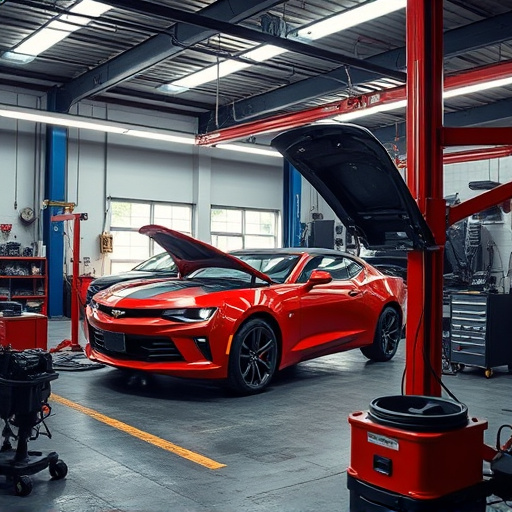
Before towing, secure loose items, remove valuables, and ensure proper gas levels and battery health…….
Smooth Towing to Collision Center: Tips for Safe Transfer
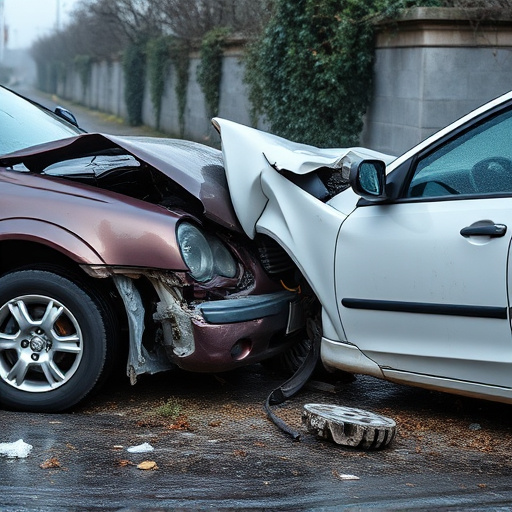
Before towing a vehicle to a collision center, conduct thorough pre-towing checks: inspect for loose…….
Towing to Collision Centers: Streamlining Accident Recovery

Immediate towing to a specialized collision center is crucial for effective post-accident recovery……..
Towing to Collision Center: Insurance Coverage and Claims Guide
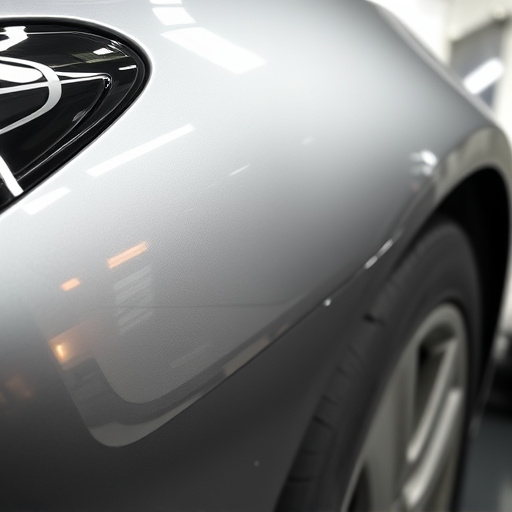
After a vehicle collision, efficient towing to a collision center is crucial for quick, specialized…….
Quickly Arrange Towing to Collision Center Post-Crash

Severe accidents requiring towing ensure safety and swift repairs at a specialized collision center……..
Towing to Collision Centers: Efficient Vehicle Storage Procedures

Efficient towing to collision centers is crucial for swift car repair after accidents, with speciali…….
Towing Costs Payment Options for Collision Repairs

Understanding towing to collision center costs is vital for budgeting and informed decisions. Charge…….
Towing to Collision Center: Efficient Damage Assessment Logistics
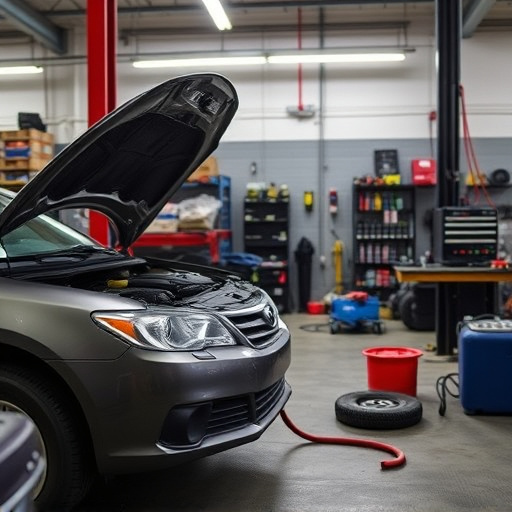
Multi-vehicle collisions require swift professional response. Towing to a collision center facilitat…….
Efficient Towing to Collision Centers: Accident Recovery Secrets Unveiled
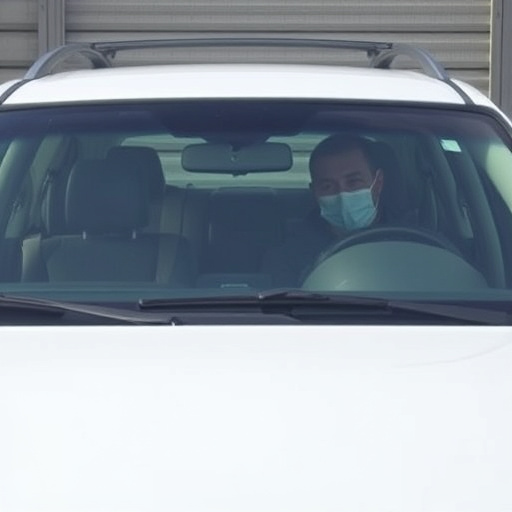
Immediate action after a car accident, including towing to a collision center, is vital for efficien…….

